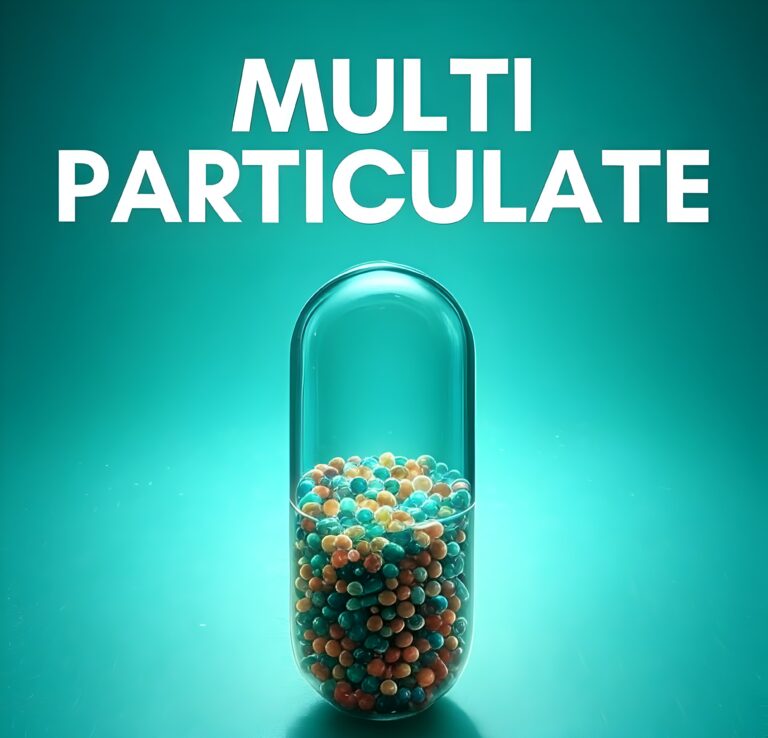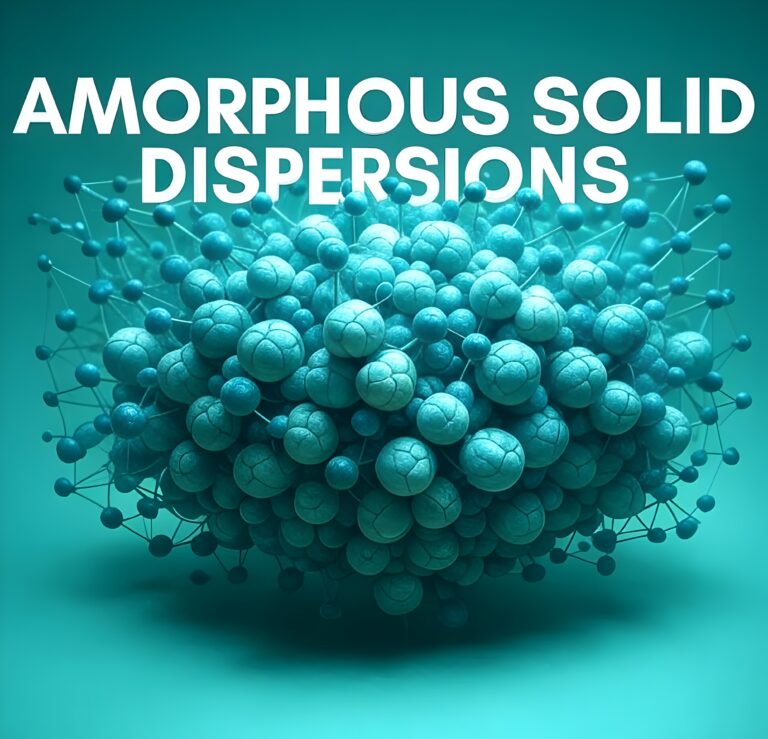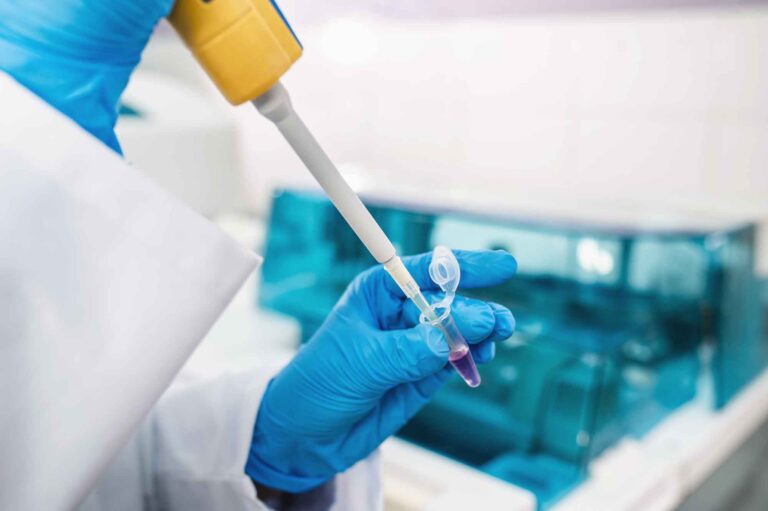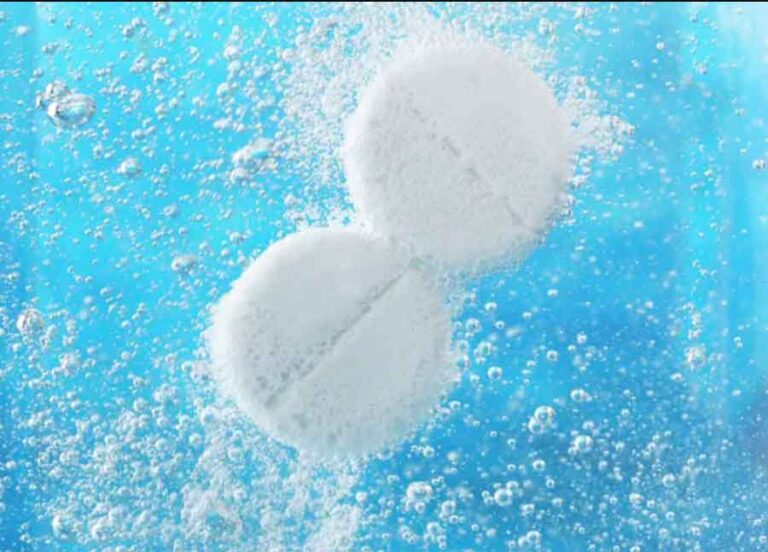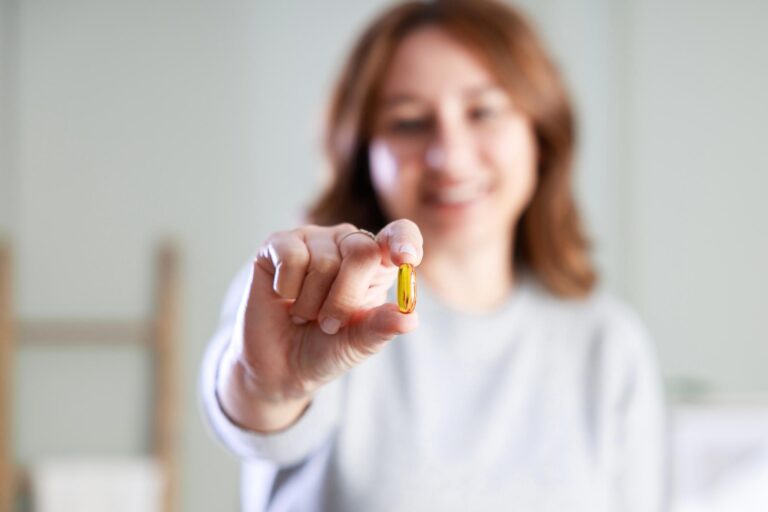Microencapsulation is a sophisticated pharmaceutical technology that involves creating a protective coating around tiny particles or droplets of active ingredients or drugs.
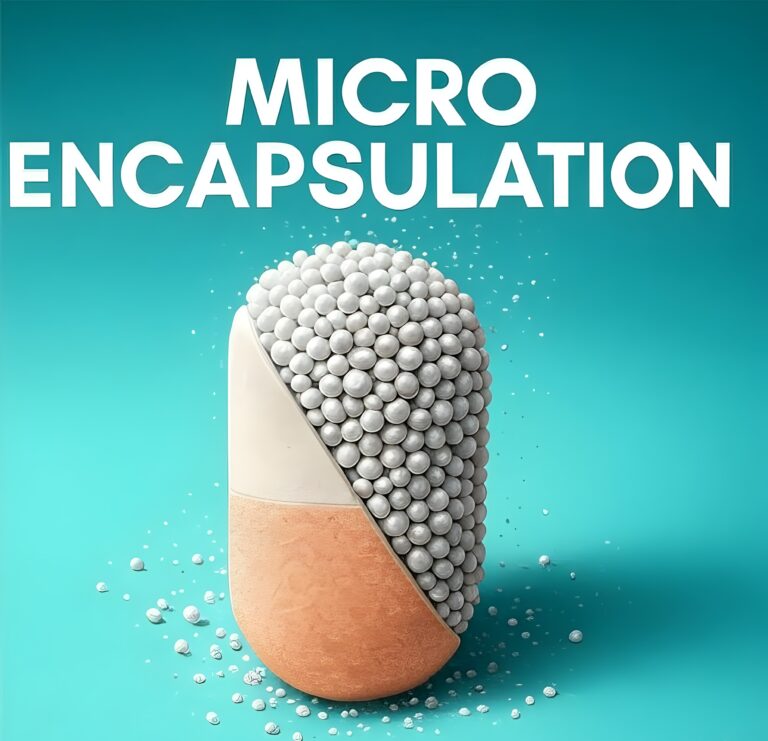
Overview
Hycon’s Microencapsulation technology is a taste-masking solution with a wide variety of delivery formats. It is a achieved through a uniform coating of a solid particle or liquid droplet with a rigid semi-permeable polymer.
Creates a physical barrier:
- Effective taste masking
- Customized release profile
- Turn liquids into powders
- Combine incompatible APIs
Final dosage forms:
- Powder
- Dry syrup
- Orally disintegrating tablets
- Food-like texture dosage form
Proprietary Taste-Masking Process
The Microencapsulation coacervation process can also be used for varying non-isometric particle shapes.
Our Process Also Offers:
- Particle Dimensions – as small as 150-200 µm
- Very Efficient Coating ~15-20%
- Adjustable and Consistent Release Profile
- Rapid Production Cycle – completed within a single shift
- Coating Volume Does Not Affect Processing Duration
- Large Scale Production Capability
- Accommodates Various Particle Forms
Benefits
Enhanced Drug Stability
- Environmental Protection: Microcapsules act as barriers, protecting the API from oxidative, hydrolytic, and photolytic degradation.
- Extended Shelf Life: The encapsulation process can significantly extend the shelf life of drugs by stabilizing volatile or labile compounds.
Targeted Drug Delivery
- Site-Specific Action: Encapsulation materials can be engineered to respond to specific environments in the body, ensuring the drug is released at the target site.This is particularly useful for drugs that are intended to act locally in the gut or those that need to be absorbed in specific sections of the intestine for optimal efficacy.
- Reduced Systemic Exposure: Targeted delivery minimizes systemic exposure, which can reduce potential side effects and improve drug safety profiles.
Improved Bioavailability: Some drugs have poor bioavailability when administered orally due to their low solubility or instability in the digestive system. Microencapsulation can improve the solubility and stability of these drugs, leading to better absorption and therapeutic effect.
Controlled Release Profiles
- Tailored Dissolution Rates: By manipulating the properties of the encapsulating material, dissolution rates can be tailored to achieve desired therapeutic outcomes.
- Multiple Release Phases: Microencapsulation can be designed to provide multiple release phases, such as an initial burst followed by sustained release, to match the therapeutic needs.
Versatility in Formulation: Microencapsulation technology enables the incorporation of APIs into various oral dosage forms, such as tablets, capsules, and sachets. This versatility allows for the design of patient-centric dosage forms that can cater to different needs and preferences.
Combining Incompatible Substances: Some medications require the combination of multiple active pharmaceutical ingredients (APIs) that may not be compatible with each other. Microencapsulation allows for these substances to be combined without interacting.
Converting Liquids to Powders: Some drug formulations are easier to handle and administer as powders rather than liquids. Microencapsulation can convert liquid drugs into powder form without altering their therapeutic properties.
Masking Unpleasant Tastes and Odors
- Improved Drug Palatability: Encapsulation can significantly improve the taste and odor of drugs, leading to better patient compliance.
- Versatility in Drug Formulation: This technology allows for the incorporation of taste-masking into various dosage forms, including tablets, capsules, and liquids.
Versatile Manufacturing Techniques
- Adaptability to Drug Properties: Different encapsulation techniques can be employed based on the physical and chemical properties of the drug substance.
- Scalability: Microencapsulation processes can be scaled to meet production demands without compromising product quality.
Economic and Environmental Benefits
- Resource Efficiency: Microencapsulation can lead to more efficient use of active ingredients and excipients, reducing overall material costs.
- Process Optimization: The technology can streamline manufacturing processes, leading to reduced energy consumption and lower environmental impact.
Methods & Technologies
Spray Drying:
- Utilizes a high-speed atomization process to convert liquid formulations into dry powder form.
- Ideal for heat-stable substances, allowing for rapid production and scalability.
- At Hycon, we have optimized spray drying to achieve uniform particle size and encapsulation efficiency.
Solvent Removal: The rapid removal of solvents during the spray drying process minimizes the potential for drug degradation.
Coacervation:
- A complex process involving the separation of a polymer-rich liquid phase, which coats the active ingredient.
- Provides superior protection for heat sensitive sensitive and volatile substances.
- Hycon’s coacervation technique is fine-tuned for maximum encapsulation precision and stability.
Fluidized Bed Coating:
- Employs an air suspension technique to evenly coat particles with a desired substance.
- Ensures consistent coating thickness and is suitable for a variety of core materials.
- Our fluidized bed coating systems at Hycon are state-of-the-art, guaranteeing uniformity and quality.
Solvent Extraction/Evaporation
- Liquid Core Microcapsules: Suitable for creating microcapsules with a liquid core, which can be beneficial for certain drug delivery applications.
- Control Over Shell Formation: The evaporation rate can be adjusted to control the formation of the shell, affecting the release profile of the drug.
Nanoemulsions and Liposomes
- Biocompatibility: These lipid-based systems are biocompatible and can enhance the bioavailability of hydrophobic drugs.
- Targeted Delivery: Can be engineered to target specific cells or tissues, reducing systemic exposure and side effects.
Solid Lipid Nanoparticles (SLN)
- Stability: Offers a stable lipid matrix that protects the drug from degradation.
- Controlled Release: Provides controlled release properties, which can be tailored to the therapeutic needs.
Comparison Of Methods & Technologies
Spray Drying vs. Coacervation:
- Spray drying is chosen for its speed and cost-effectiveness, particularly suitable for large-scale production.
- Coacervation is preferred when a more controlled release is required, offering enhanced protection and stability.
Coacervation vs. Fluidized Bed Coating:
- Coacervation is adept at handling complex formulations, providing a protective shell that maintains the integrity of the core substance.
- Fluidized bed coating is selected for its precision and adaptability, especially for multiparticulate systems and APIs needing specific coating requirements.
Spray Drying vs. Fluidized Bed Coating:
- Spray drying offers a quick and efficient encapsulation process for a wide range of materials.
- Fluidized bed coating provides a more controlled and uniform coating, essential for targeted release profiles.
Solvent Extraction/Evaporation
- Liquid Core Microcapsules: Suitable for creating microcapsules with a liquid core, which can be beneficial for certain drug delivery applications.
- Control Over Shell Formation: The evaporation rate can be adjusted to control the formation of the shell, affecting the release profile of the drug.
Nanoemulsions and Liposomes
- Biocompatibility: These lipid-based systems are biocompatible and can enhance the bioavailability of hydrophobic drugs.
- Targeted Delivery: Can be engineered to target specific cells or tissues, reducing systemic exposure and side effects.
Solid Lipid Nanoparticles (SLN)
- Stability: Offers a stable lipid matrix that protects the drug from degradation.
- Controlled Release: Provides controlled release properties, which can be tailored to the therapeutic needs.
These technologies are complemented by rigorous quality control measures and validation processes to ensure that the microencapsulated drugs meet the required standards for stability and efficacy. By leveraging these advanced microencapsulation techniques, pharmaceutical companies can develop small molecule drugs that are more stable, effective, and patient-friendly.
Our Services
Custom Encapsulation Solutions
- Personalized Formulation Development: We work with clients to develop unique formulations that meet the specific needs of their small molecule drugs, considering factors like solubility, stability, and release profile.
- Polymer Selection and Optimization: Our service includes selecting the right polymers and shell materials that are compatible with the drug substance and the intended application, ensuring optimal encapsulation performance.
- Encapsulation Method Customization: Depending on the drug’s characteristics and the desired outcome, we choose the most suitable encapsulation method, such as spray drying, coacervation, or emulsion techniques.
Scale-Up Capabilities
- Process Development and Optimization: Before scaling up, we ensure the encapsulation process is robust and reproducible, minimizing risks and maximizing yield.
- Pilot to Production Scale: We provide seamless transition from pilot-scale batches to full-scale production, maintaining the integrity and quality of the microcapsules.
- Equipment and Facility Design: Our services extend to designing and fabricating custom equipment and facilities that support the scale-up of microencapsulation processes.
Controlled Release Formulations
- Release Profile Engineering: We design microcapsules that can release the drug in a controlled manner, whether it’s immediate, delayed, sustained, or pulsatile release.
- Trigger-Responsive Systems: Our formulations can include responsive features that release the drug in response to specific physiological triggers such as pH changes, enzymes, or temperature fluctuations.
- In Vivo Performance Evaluation: We conduct thorough testing to ensure that the controlled release formulations perform as expected in vivo, providing the desired therapeutic effect.
Related Services
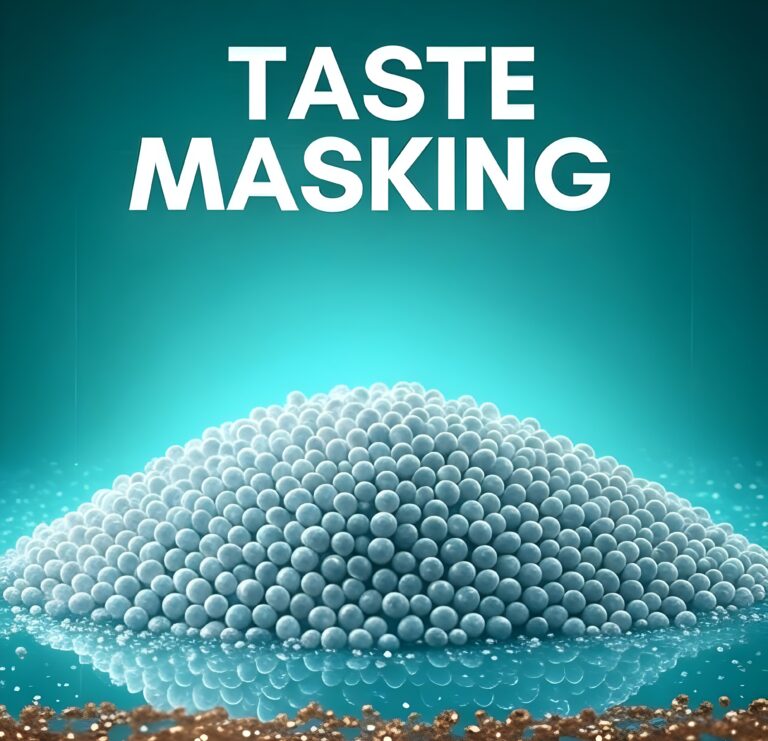


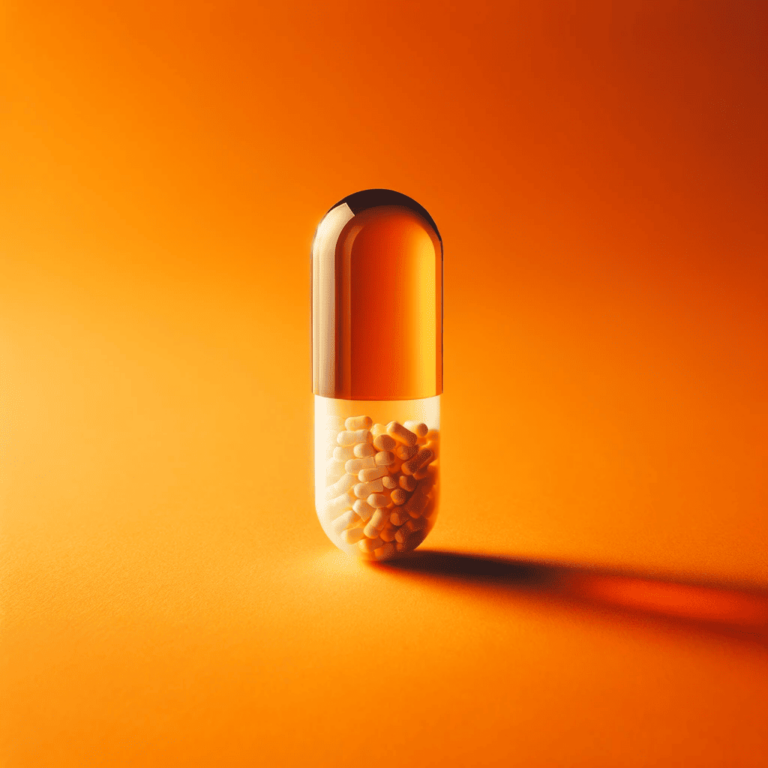

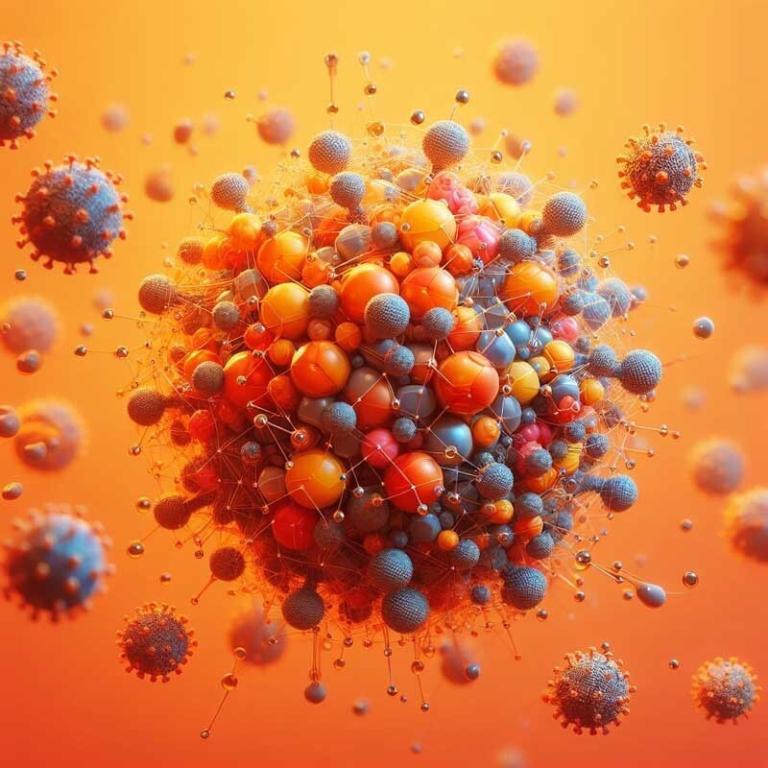

FAQs
Here are some frequently asked questions about Microencapsulation
Microencapsulation is a process that involves enclosing active ingredients within a protective coating or shell to create tiny particles, or microcapsules, ranging from a few micrometers to several millimeters in size. This technique is used to protect the encapsulated material from environmental factors, control the release of the active ingredient, mask unpleasant tastes or odors, and improve the stability and bioavailability of pharmaceuticals.
Microencapsulation offers several benefits to pharmaceutical formulations, including:
- Controlled release of drugs, which can improve therapeutic outcomes and patient compliance by extending the duration of action and reducing dosing frequency.
- Protection of sensitive ingredients from degradation due to oxygen, light, or moisture.
- Taste masking of bitter or unpleasant drugs to enhance patient acceptability, especially important for pediatric and geriatric formulations.
- Improved solubility and bioavailability of poorly soluble drugs by enhancing their dispersion in the digestive tract.
- Separation of incompatible ingredients within a single dosage form to prevent interactions.
A wide range of active pharmaceutical ingredients (APIs) are suitable for microencapsulation, including:
- APIs that are sensitive to environmental conditions such as light, oxygen, or moisture.
- Drugs that benefit from controlled or sustained release to maintain therapeutic plasma concentrations.
- Bitter-tasting APIs that require taste masking for improved patient compliance.
- APIs that need to be targeted to specific sites within the body for localized action.
- Components that are incompatible with other formulation ingredients and need to be physically separated.
The materials used for the microencapsulation shell can vary widely depending on the desired properties of the microcapsule, such as its release mechanism, biodegradability, and compatibility with the API. Common materials include:
- Polymers (both natural, like gelatin and alginate, and synthetic, like poly(lactic-co-glycolic acid) (PLGA) and polycaprolactone (PCL))
- Lipids (like waxes and fats)
- Proteins (such as casein or albumin)
- Carbohydrates (such as starches and cellulose derivatives)
The choice of material is critical to achieving the desired encapsulation performance and release profile.
Common methods of microencapsulation include:
- Spray drying, where the active ingredient is encapsulated as it is sprayed with the shell material in a heated chamber, causing the solvent to evaporate.
- Coacervation, involving the separation of phases in a polymer solution to form a coating around the active ingredient.
- Emulsion techniques, which create microcapsules by dispersing the active ingredient in an emulsion, followed by solidification of the coating material.
- Ionic gelation, used for natural polymers that gel in the presence of ions, trapping the active ingredient within.
- Liposome encapsulation, forming vesicles with lipid bilayers that can encapsulate both hydrophilic and lipophilic drugs.
Microencapsulation controls the release of active ingredients through the design of the microcapsule's shell. The release mechanism can be based on:
- Diffusion, where the drug slowly diffuses through the shell material.
- Erosion or degradation of the shell, releasing the drug as the material breaks down.
- Swelling of the shell in response to environmental conditions, increasing its permeability.
- Triggered release, where the shell disintegrates or changes properties in response to specific triggers like pH, temperature, or enzymes.
The release profile is tailored by adjusting the shell's composition, thickness, and the method of encapsulation.
Challenges in microencapsulation include:
- Achieving the desired release profile, which requires precise control over the encapsulation process and material properties.
- Scalability of the encapsulation process for commercial production while maintaining product quality and consistency.
- Stability of the microcapsules, ensuring they do not degrade prematurely or alter the drug's efficacy.
- Regulatory compliance, particularly regarding the safety and biocompatibility of encapsulation materials.
Hycon ensures the quality of microencapsulation processes by:
- Implementing rigorous quality control measures throughout the development and manufacturing process, including raw material inspection, in-process controls, and finished product testing.
- Utilizing advanced analytical techniques to characterize the microcapsules, such as particle size distribution, encapsulation efficiency, and release profiles.
- Adhering to Good Manufacturing Practices (GMP) to ensure that products are consistently produced and controlled according to quality standards.
- Collaborating closely with clients to understand their specific requirements and tailoring the encapsulation process to meet these needs.
Regulatory considerations for microencapsulated products include:
- Demonstrating the safety and efficacy of the encapsulated product, including any changes in the drug's bioavailability or pharmacokinetics due to encapsulation.
- Providing detailed information on the encapsulation materials, especially for new or uncommon substances, to assess their biocompatibility and safety.
- Compliance with specific guidelines related to novel drug delivery systems, if applicable, including characterization of the encapsulated form and its performance.
- Ensuring quality control and GMP compliance in the manufacturing process, with thorough documentation of all development and production activities.
Addressing these considerations is essential for successful regulatory approval and market entry of microencapsulated pharmaceutical products.
The future of ADFs in pharmaceutical development is promising, with ongoing research into new and innovative technologies to further enhance the effectiveness of abuse deterrence. As the understanding of abuse patterns evolves and regulatory support continues, it is likely that more medications will be developed with abuse-deterrent properties. Additionally, the increasing emphasis on addressing the opioid crisis and prescription drug abuse may drive further innovation and adoption of ADFs across a wider range of therapeutic areas.


